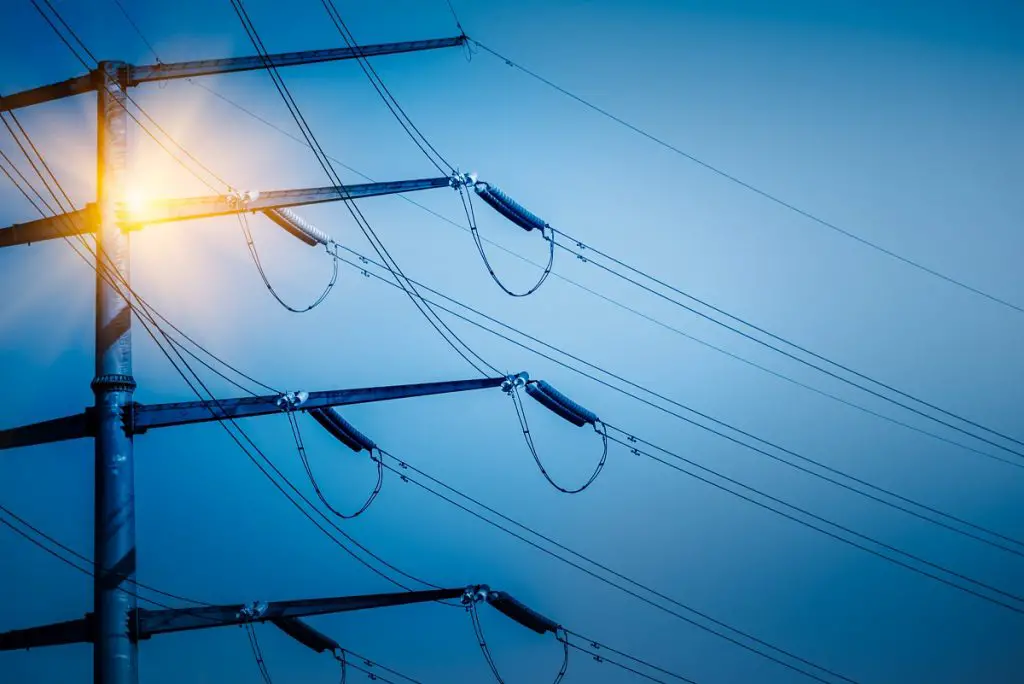In just under two months, Ethiopia will start filling the Renaissance Dam in a plan opposed by Egypt and where Sudan has rejected to sign a partial agreement for the first filling.
The move, despite the opposition, could have been advised by the country’s power deficit which needs to be addressed urgently as the East African nation seeks to grow its economy of 110 million people.
By July 2019, Ethiopia had been rationing electricity for domestic and industrial users for over a month due to a drop in water levels at the country’s Gibe 3 dam.
East Africa’s dynamic economy can continue growing despite setback
Ethiopia has a vast but untapped renewable energy potential and it has for some time now been under a long-term development strategy. The government has outlined a National Electrification Programme (NEP) which is targeting universal electricity access by 2025 through a 65 per cent on-grid, and 35 per cent off-grid combination. The country’s target is to transform the country into a regional energy hub by 2030.
While the US$4 bn Grand Ethiopia Renaissance Dam (GERD)’s construction is in progress, Egypt’s plan has been to protect its rights to the Nile water with even the Arab League adopting a resolution backing Egypt.
On Monday, Ethiopia said that it would start filling the GERD which is a mega-dam expected to contribute to the country’s energy production mix.
Ethiopia was projected to be among the best performers economically through 2020 before the covid-19 coronavirus pandemic having hit 8.2 per cent growth in 2019 followed by Rwanda at 7.8 per cent; Tanzania (6.6 per cent); Kenya (6 per cent), Djibouti (5.9 per cent) and Uganda (5.3 per cent).
In February, several cities in Ethiopia including Addis Ababa were hit by a power blackout which was suspected to have been related to the Gilgel Gibe III supply line which originates from southern Ethiopia.
Markets are lacking energy says, Franklin Templeton
With the demand for electricity growing in the East African country, Ethiopia has a final energy consumption of around 40,000 GWh. 92 per cent of this is consumed by domestic appliances, 4 per cent by the transport sector and 3 per cent by industries.
Ethiopia’s ~ 9000 GWh/a of electricity is mainly generated by hydro energy at 96 per cent followed by wind energy at 4 per cent while 11 per cent is exported.
As the country seeks to connect its population to the grid by 2025, the development of the energy sources is in high gear with the controversial GERD being one of the sources contributing 6.4 gigawatts of electricity.
GERD has been a part and parcel of Ethiopia’s economic and political development strategy with hopes that it will provide the much-needed electricity for industrial development.
The Sudan and Egypt are however opposed to the dam’s construction citing that the dam will hold back most of the Nile’s water. GERD is capable of storing up to 74 billion cubic metres of water which is estimated at almost twice the average annual flow of the Nile along the Sudanese-Egyptian border.
Egypt’s concerns are that the biggest threat to its water security will occur during the filling of the dam by Ethiopia.
The GERD is Africa’s largest hydropower project and it is 74 per cent complete.
During the meeting on Monday where Ethiopia said it would continue with the filling plans, the country’s minister of water, irrigation and energy, Seleshi Bekele, said that the filling of the dam would be done without causing significant harm to the downstream countries. Filling the dam could take anywhere between five and 15 years.
The dam has been under construction since 2011 in the Benishangul-Gumuz Region which is 15 km to the east of the border with Sudan.
With Egypt having already contested the dam’s construction and the planned filling, Sudan has rejected Ethiopia’s proposal to sign a partial agreement for the first filling. With these diplomatic tiffs going on, the row over the Nile River and its water seem to be far from over between the three countries.
Sudanese Prime Minister Abdalla Hamdok has called for a tripartite agreement between the three countries while Egypt has written the UN Security Council in protest.
To counter this, Ethiopia says that the downstream countries already have been given sufficient briefings and explanations since the beginning of the dam’s construction.
Seeing that Sudan has not signed the proposal by Ethiopia, it is likely that Ethiopia may have to wait longer before proceeding with the filling plans.
